Justice League: The Snyder Cut and 10 Movies That Did It First
Here are 10 well-known films that were arguably improved or vastly changed by their Director’s Cuts.

The pop culture shattering confirmation that the “Snyder Cut” of Justice League has been willed into existence by a small cadre of devoted DC fans turned geek media upside down this week. It also raises a number of interesting, if troublesome, questions. While the theatrical version of Justice League that exists now is hardly anyone’s idea of a singular artistic vision–it was grafted together from footage separately directed by Zack Snyder and Joss Whedon–it still represents the best efforts of the filmmakers at the time. If that final product is not satisfactory to fans, do those fans get to dictate the creation of a new one? For instance, where is the “Gareth Edwards cut” of Rogue One or Josh Trank’s original vision for Fantastic Four?
That is a debate that will continue to reverberate throughout social media and fandom. The truth is, there are alternate or different versions of well-known films that have indisputably improved on the original product in ways great and small. But most of these new editions are true “director’s cuts” in the sense that the original filmmaker was involved in the alternate version, either in a supervisory or hands-on capacity. Still, in some instances, a scenario closer to that of Justice League–in which two competing visions of a film are potentially available–resulted in a fascinating side-by-side comparison.
It’s generally rare when a filmmaker is given the financial and technical resources to complete the movie as they see fit, long after it has run its course at the box office or on home video. Justice League was not the critical, fan, or financial success anyone involved hoped for, but we’ll finally see if Snyder’s chance to complete his version of the movie can at least make up ground with the first two. In the meantime, we’ve compiled a list of films below that offer some kind of precedent for what Snyder and Warner Bros. Pictures are about to undertake.
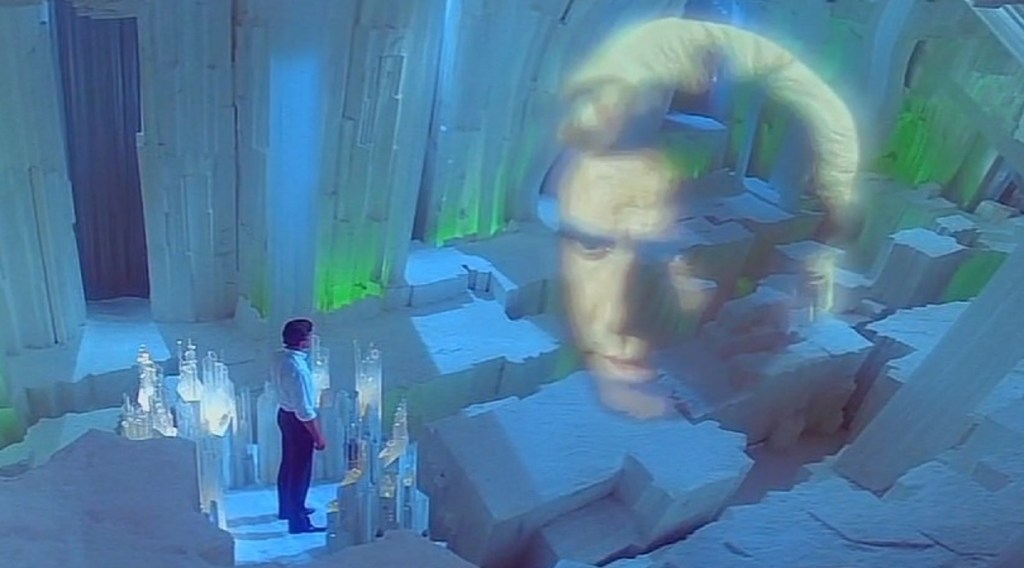
Superman II: The Richard Donner Cut (1980)
Superman II: The Richard Donner Cut was completed in 2006, nearly 30 years after the film was originally in production. Donner was originally hired, fresh off the success of The Omen (1976), to make Superman (1978) and Superman II (1980) simultaneously. But Richard Lester, director of A Hard Day’s Night (1964), completed Superman II after Donner walked away due to a feud with the producers. The finished film, released with Lester’s sole directorial credit, included around 30 percent of the footage Donner shot. The rest of Donner’s footage–including scenes with Marlon Brando as Superman’s father Jor-El–was unearthed years later and he was finally able to put together a reasonable approximation of what his version of the sequel might have looked like.
While the basic plot is the same, Donner’s version captures more of the mythic flavor of the first film and tones down the campiness that crept into the franchise under Lester. It also clarifies several plot points (like how Superman gets his powers back after giving them up to be with Lois Lane) and restores the original time-altering ending, which was initially grafted onto the first film. While both versions of Superman II are great fun, Donner’s cut almost certainly retains the original intent and themes.
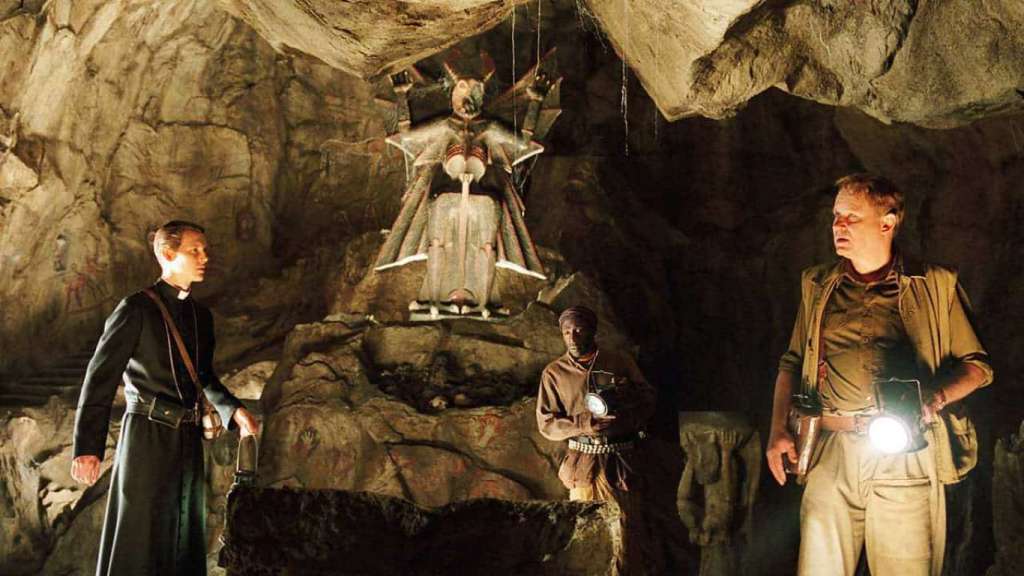
Exorcist: The Beginning (2004) / Dominion: Prequel to The Exorcist (2005)
Every movie in the film series based around The Exorcist seems to exist in different versions, but none were as radical as the two different takes of the fourth entry in the series. This infamous mess began with Dominion, a prequel meant to explore the back story of the first film’s aged Father Merrin (played by Max von Sydow in the original movie and Stellan Skarsgard here) and his previous encounters with the demon Pazuzu–a force much scarier in the original film when it was referred to only as “the Devil.” Paul Schrader (Raging Bull, First Reformed) directed and in typical Schrader fashion, he delivered a brooding, existential meditation on faith and evil that did not sit well with studio execs.
Said studio, Morgan Creek Productions, worried about the movie’s prospects, so it enlisted action director Renny Harlin to retool the movie into a somewhat more conventional if bland horror thriller. When that version, Exorcist: The Beginning, came out first and died at the box office, Morgan Creek allowed Schrader to complete his cut. But the studio seemed intent on sabotaging it, only providing the director with meager funds to finish the picture and then releasing it on just 110 screens. As a result, neither version is very good, but there’s no question that Schrader’s more cerebral take is the better one.
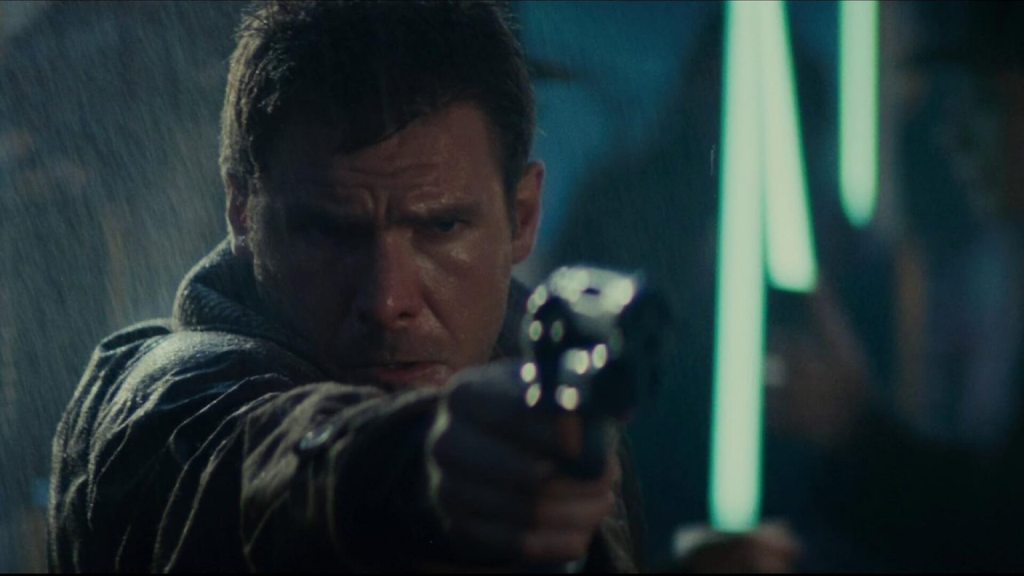
Blade Runner (1982)
The mother of all director’s cuts is Ridley Scott’s Blade Runner, which went through at least three major iterations (and other less significant ones) before Scott finally got the version he wanted. The original theatrical release was infamous for its terrible voiceover narration and “happy ending” in which Harrison Ford’s Rick Deckard and his replicant lover Rachel (Sean Young) got to escape and live happily ever after. The 1992 “director’s cut,” made with Scott’s participation, made some changes but still was not satisfactory.
Then came the 2007 “final cut,” for which Scott had complete control and additional resources, in which numerous visual fixes were made, scenes that appeared or disappeared over the years were properly reinserted, the “unicorn dream” was fully restored and, most controversially, the ending tweaked to make it seemingly apparent–after years of debate–that Deckard was a replicant as well. While your mileage may vary on that last point (it did for Villeneuve, who ignored it in his 2017 sequel), the “final cut” is otherwise the best version of Blade Runner there is–the moody, subtle, atmospheric future noir that Scott first envisioned.

The Abyss (1989)
James Cameron’s underwater sci-fi/action spectacle was already a rousing, exciting thriller when it hit theaters in 1989. The abrupt ending, however, with a massive alien vessel rising from the ocean to stupefy the humans above, felt like something was missing. And it was–some 28 minutes of the movie.
Cameron himself, and not the studio, took the footage out to reach a running time of two hours and 15 minutes (the length he had to deliver to retain final cut) and also because Industrial Light and Magic was unable to complete the effects in time. But soon Cameron and editor Ed Marsh re-edited the film to restore all the trimmed scenes–including the extended climax in which the aliens threaten to clean up the Earth with gigantic tidal waves unless humanity backs off its rush to nuclear self-destruction.
While the film arguably works both ways, the special edition adds poetry and motivation to the finale, as it makes the story’s thematic concerns crystal clear.
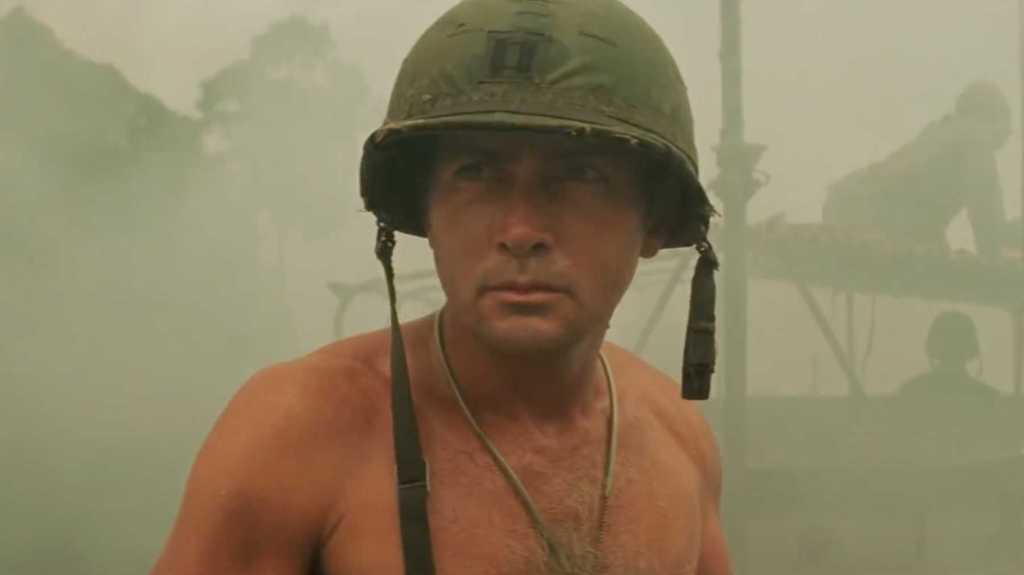
Apocalypse Now Redux (1979)
Could Francis Ford Coppola’s flawed masterpiece about the Vietnam War be improved? That’s the question that Coppola set out to answer for himself with a 2001 re-release that incorporated about 49 minutes of footage back into his already lengthy and surreal exploration of the American psyche (he reportedly started out with around five hours of usable footage when shooting was done).
Redux restores a number of scenes to the film that play up its episodic, dreamlike tone, while adding to the feeling of insanity–of the world and the war slipping away from all concerned parties–that permeates the original version. The most significant addition is the French plantation sequence, which emphasizes that Captain Willard (Martin Sheen) is literally voyaging back into the past yet is also the most meandering new portion of the film. In the end, we prefer the original theatrical Apocalypse Now, but Redux is a fascinating look at a different and perhaps more thematically complete iteration.
Coppola took 20 minutes back out in 2019 and released this as Apocalypse Now: The Final Cut.

Aliens (1986)
Of all the films on this list, Aliens probably had the least amount of footage added or altered -just 17 minutes of additional scenes were reinserted for a “special edition” that first appeared on VHS in the UK in 1990 and in several subsequent home video releases. But included in those 17 minutes is a scene that arguably changes the entire meaning of the movie, as well as the motivation and character arc of Sigourney Weaver’s Ellen Ripley (whose first name was also revealed to us by the additional material).
That scene comes early in the movie when Ripley, having floated through space in suspended animation for 57 years, learns that her daughter–just a child when she left on her deep space voyage–grew to adulthood and eventually died at 67. Her loss, guilt, and grief are acute, but when she journeys with the space Marines to rescue the colony on LV-426, their discovery that the little girl Newt is the sole survivor offers Ripley a chance at redemption. While the other added scenes are interesting, this one sequence alters the film’s narrative and deepens Ripley’s character considerably while also making Ripley and the alien queen mirror images of each other–two mothers fiercely protecting their young.
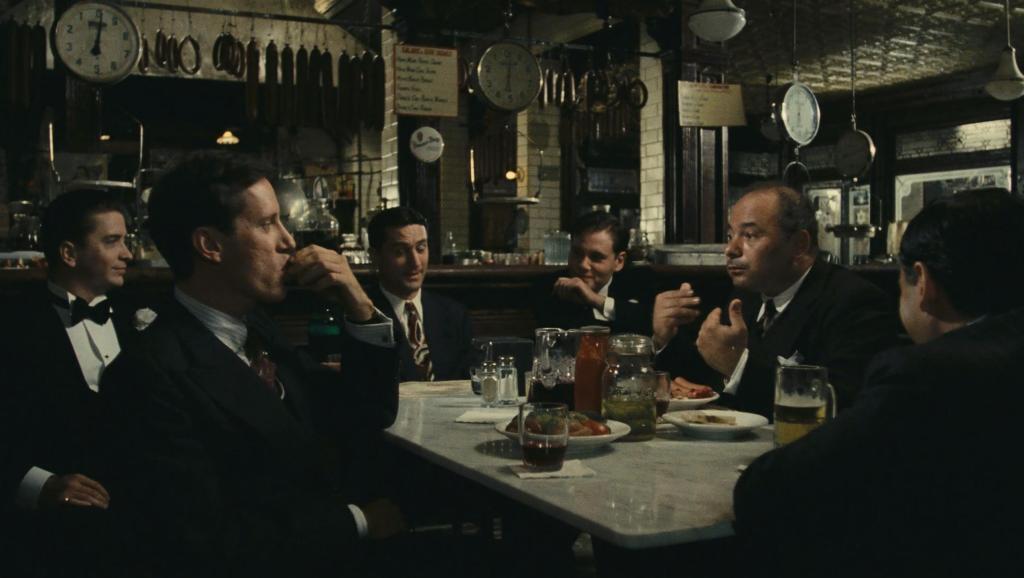
Once Upon a Time in America (1984)
The last film ever directed by the great Italian auteur Sergio Leone also turned out to be his most problematic. Leone debuted the movie in a four-and-a-half hour version at the Cannes Film Festival before whittling 40 minutes out of the picture for its European release. But the American distributor literally butchered the movie, an irony given that it was Leone’s grand statement on American organized crime. Not only was it released in a cut that ran at two hours and 19 minutes, but the movie’s flashback structure was completely rearranged so it would run in chronological order.
The result was an incoherent mess with numerous scenes missing and Leone’s careful calibration of scenes set in the past and present being completely thrown out. Critics who saw both versions were savage with the American cut, but it wasn’t until 2012 that Warner Bros., working with the family of the now deceased director, restored the film to a 251-minute version that still lacked around 18 minutes of footage due to rights issues. We may never see the full Once Upon a Time in America, but at least the version that is out there now almost fully restores Leone’s haunting, mournful, and violent crime epic.
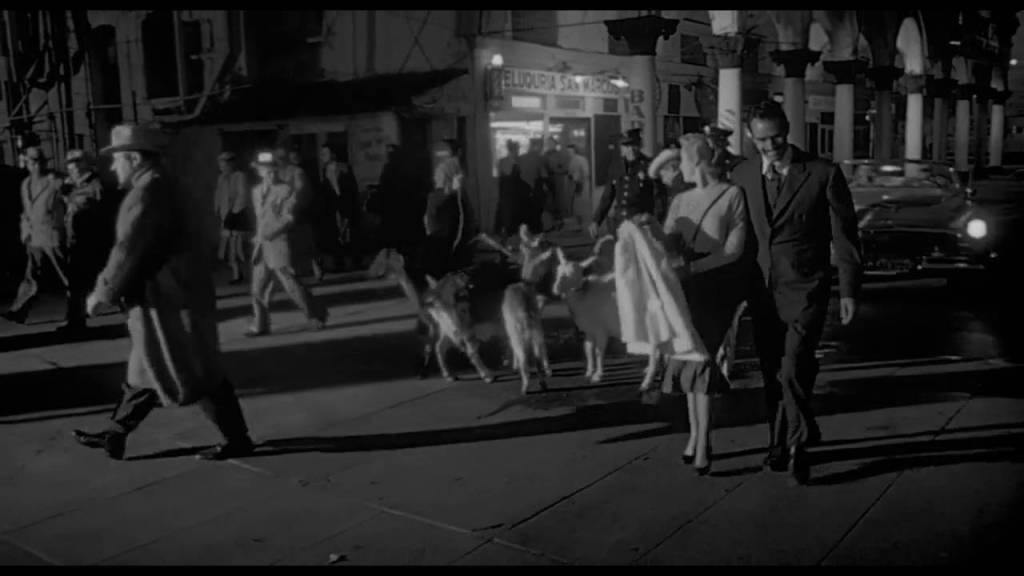
Touch of Evil (1958)
Orson Welles had a turbulent relationship with Hollywood throughout his entire career–more or less abandoning it late in life. That bad romance was crystallized in the saga of his noir masterwork, Touch of Evil. Welles’ original rough cut of the film was taken out of his hands by the studio Universal Pictures, which not only edited the movie down to a scant 93 minutes but brought in another director, Harry Keller, to perform reshoots and add new scenes (yes, they did that even back then!).
Some 20 years later, a 108-minute version closer to Welles’ vision was unveiled, but it was another two decades before a definitive version–based on a 58-page memo that Welles had written in 1958 to the studio, which ignored it–was assembled by famed editor Walter Murch. The latter incorporated as many of Welles’ suggestions and changes as possible (some materials and scenes were lost) while also fine-tuning the sound and other aspects of the picture. The final 111-minute version is a more nuanced and sophisticated version of Welles’ already complex narrative, and a tribute to his considerable talent.
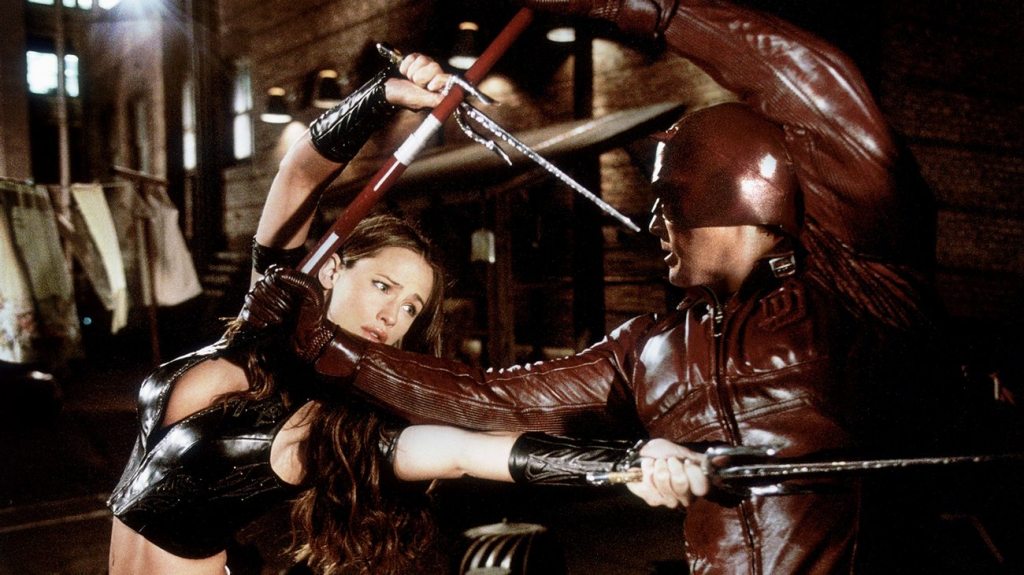
Daredevil (2003)
An example of a director’s cut being an entirely different animal from its theatrical counterpart, Mark Steven Johnson’s preferred version of Daredevil is indeed an upgrade. Not that we would necessarily say that makes it good. Forced by Fox to reduce his “gritty” superhero movie to barely over 90 minutes in February 2003, Johnson got his director’s cut released a year later with 30 more minutes of storytelling and violent content. In fact, the MPAA upgraded the film from PG-13 to an R as a result.
While there are significant differences, including the removal of a cheesy fireside love scene between Ben Affleck and Jennifer Garner—added in reshoots by studio mandates—and the inclusion of a subplot that actually explains why Michael Clarke Duncan’s Wilson Fisk gets arrested at the end (pesky details in the theatrical cut), this is still a silly movie that bounces around like a tonal pinball between future Zack Snyder-styled gritty nihilism and Joel Schumacher levels of camp. Remember the scene where Matt Murdock and Elektra Natchios meet cute by karate fighting with wire-fu on a playground? Yeah, that’s still here, and he’s still technically a blind man she’s trying to kick in the face.
But if you want more superhero grim-dark punch ups, this is actually a pretty good companion piece to Batman v Superman…

Kingdom of Heaven (2005)
What a difference 50 minutes can make. That’s the separation in running time lengths between the theatrical and director’s cut versions of Kingdom of Heaven, and it turns out to be the difference between films that are worlds apart. Despite technically being the same story, Ridley Scott’s true vision for a Crusader epic set during the fall of Jerusalem from Christian rule in 1187 is like an entirely different movie. It’s also the best example of a director’s cut changing the entire tone and effect of a film that I’ve ever seen.
The Kingdom of Heaven movie that reached theaters in May 2005 featured all of the action, painterly cinematography, and production design that makes the movie a feast for the eyes. Yet in its attempt to make the picture more commercial, 20th Century Fox had Scott delete the movie’s soul.
Many fans, however, knew there was a better cut lingering in a Fox edit bay, and when it reached DVD seven months later, they were rewarded for their patience. With the definitive version of his film, Scott added back an hour of character development and context, making what was initially a generic ancient war movie a spiritual meditation on the nature of violence and religion, and arguably a more insightful film than the better remembered Gladiator. It also featured entire subplots that gave depth and motivation to supporting characters’ tragedies—most notably Eva Green as the self-damning Queen Sibylla, who in the theatrical cut has two-thirds of her scenes removed, including the fact she has a son who will be king. In the theatrical cut, she’s reduced with maximum banality to simply being a love interest. What was also lost is the grandiose sweep of the director’s cut, which to this day Ubisoft’s Assassins Creed should owe a debt of gratitude.
